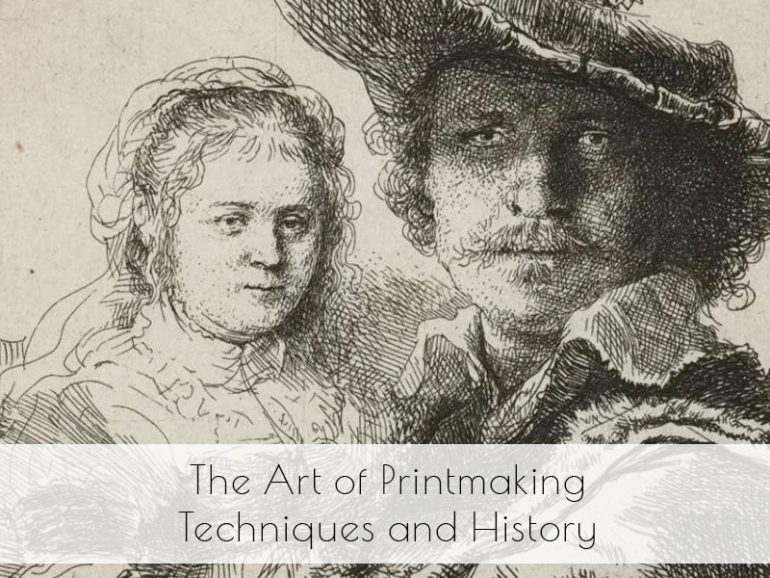Printmaking is a versatile and dynamic art form that has evolved over centuries, encompassing a variety of techniques and styles. It allows artists to produce multiple copies of a single artwork, making art more accessible to a broader audience. Here we will explore the history of printmaking, highlight key printmakers, discuss contemporary techniques, and examine the ongoing relevance of printmaking in modern art.
Historical Development
Printmaking has a rich history, with several key techniques emerging over time. Each method brought new possibilities and innovations to the art form.
- Woodcut: One of the earliest printmaking techniques, woodcut involves carving an image into a wooden block, inking the surface, and pressing it onto paper. This method originated in China around the 8th century and later spread to Europe.

- Etching: Developed in the 16th century, etching involves coating a metal plate with a protective layer, drawing an image into the coating, and then using acid to etch the exposed lines into the plate. The plate is then inked and pressed onto paper.
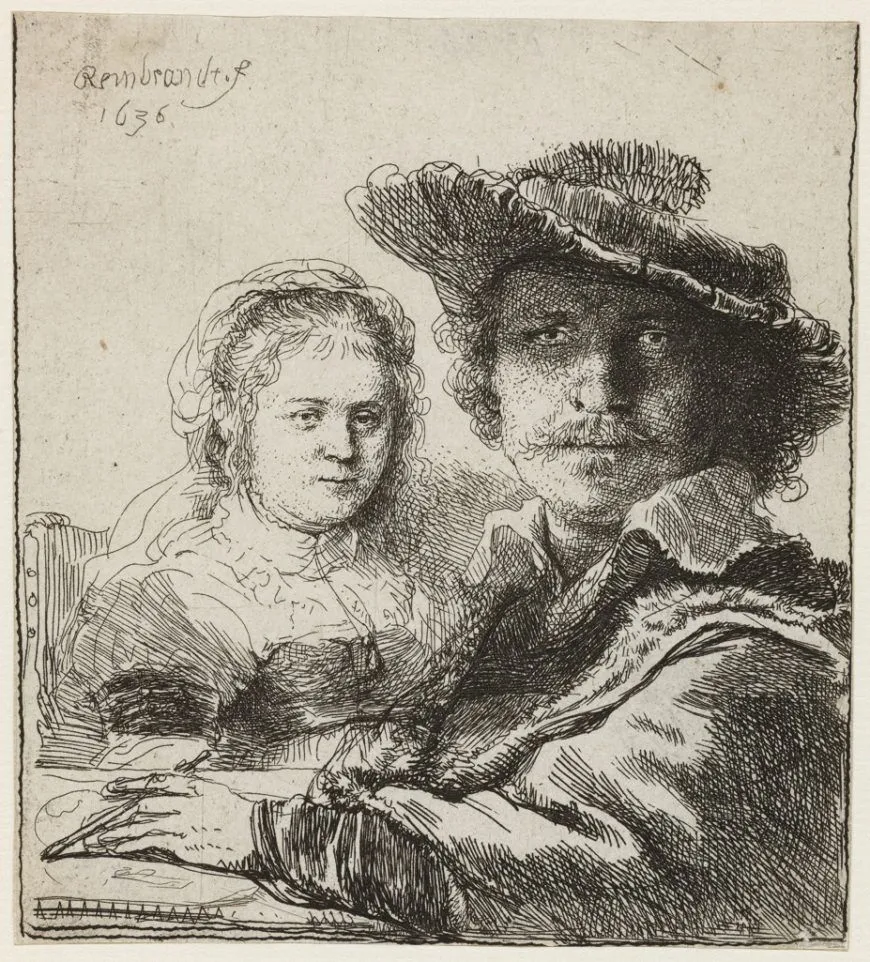
- Lithography: Invented in the late 18th century by Alois Senefelder, lithography is based on the principle that oil and water do not mix. Artists draw on a flat stone or metal plate with a greasy substance, apply water, and then ink the plate. The ink adheres to the greasy areas and is repelled by the water, allowing for printing.
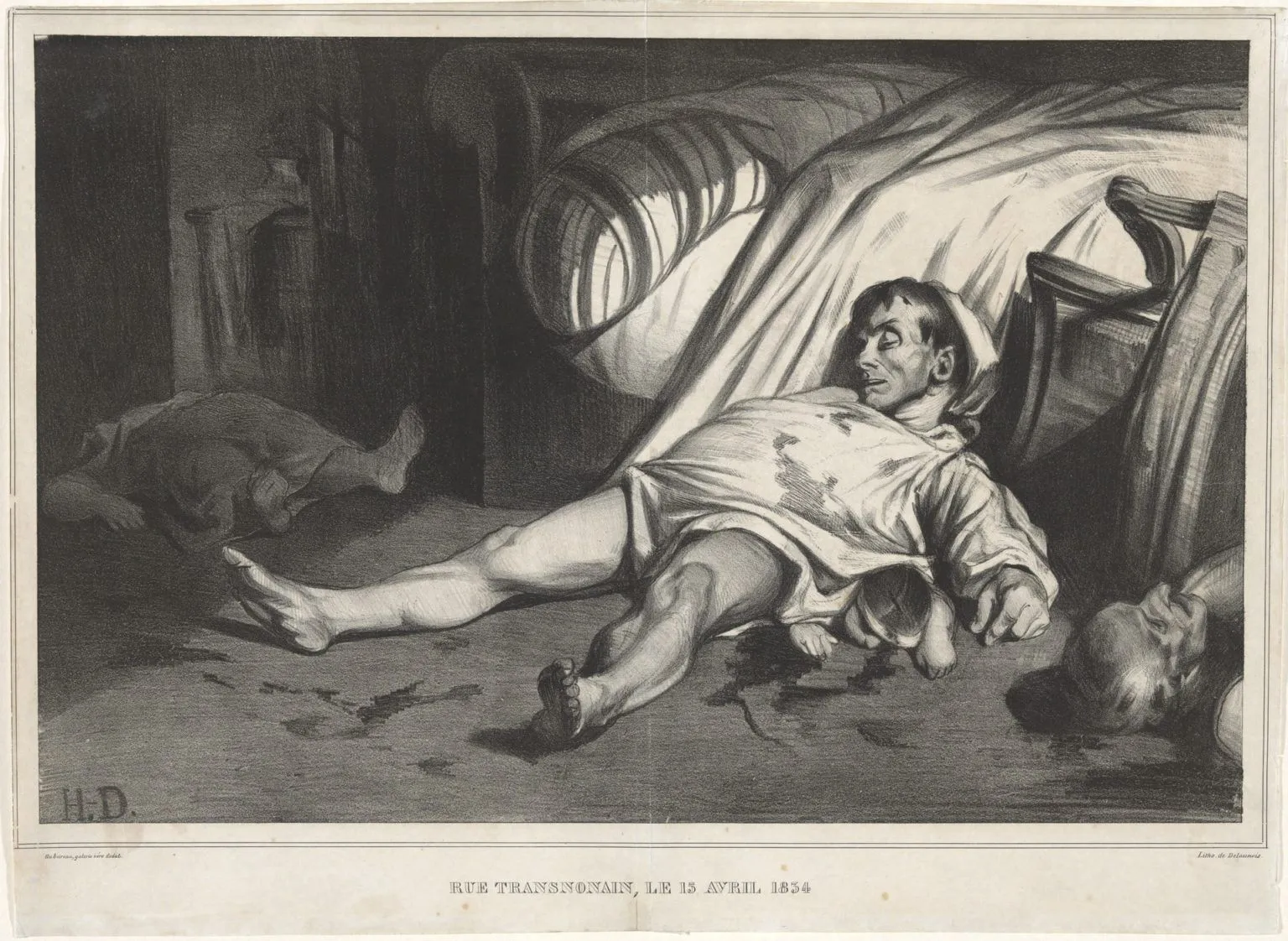
Key Printmakers
Several artists have made significant contributions to the field of printmaking, pushing the boundaries of the medium and influencing generations of artists.
- Albrecht Dürer: A German Renaissance artist, Dürer is renowned for his woodcuts and engravings. His technical skill and innovative use of perspective and detail set new standards in printmaking.

- Katsushika Hokusai: A Japanese artist best known for his woodblock prints, Hokusai’s work has had a profound impact on both Eastern and Western art. His series “Thirty-Six Views of Mount Fuji” includes some of the most iconic images in Japanese art.
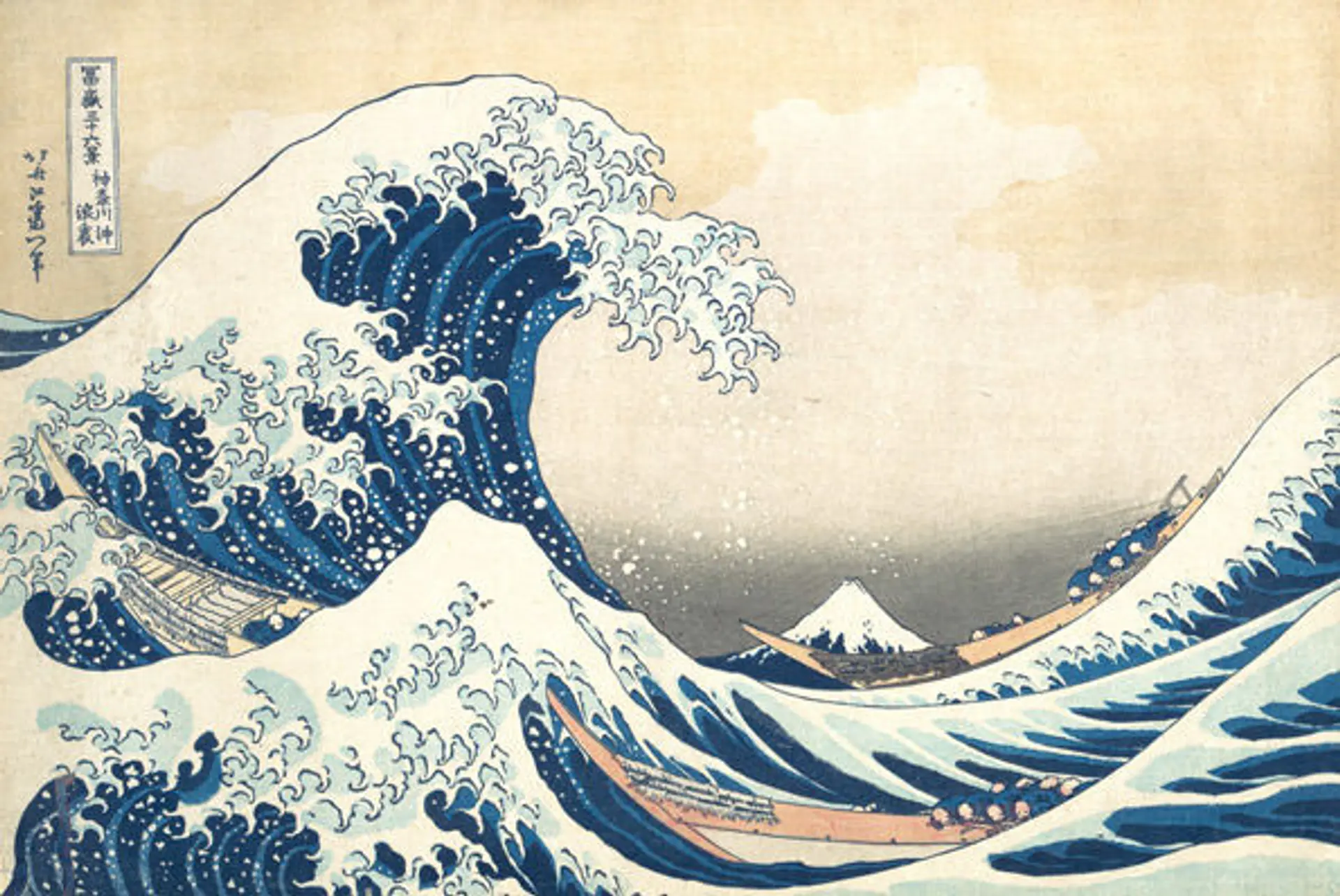
Contemporary Printmaking Techniques
Printmaking continues to evolve, with contemporary artists exploring new methods and materials to expand the possibilities of the medium.
- Screen Printing: Also known as serigraphy, screen printing involves creating a stencil on a mesh screen, applying ink, and using a squeegee to press the ink through the mesh onto the paper. This technique allows for bold colors and sharp images.
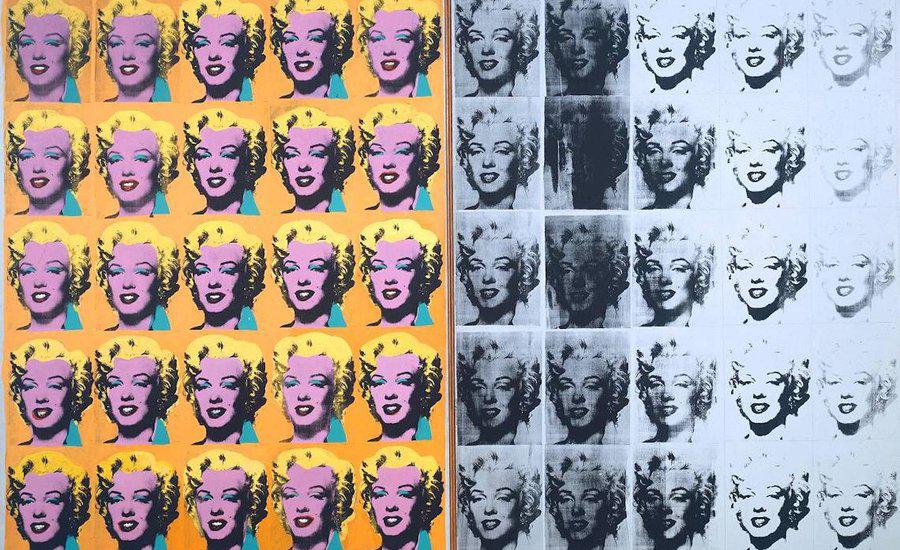
- Digital Printmaking: With advancements in technology, digital printmaking has emerged as a popular method. Artists create digital images that are then printed using high-quality inkjet printers. This technique offers precision and the ability to produce intricate details.

- Collagraphy: A versatile and experimental technique, collagraphy involves building up a printing plate with various materials to create different textures and effects. The plate is then inked and pressed onto paper.
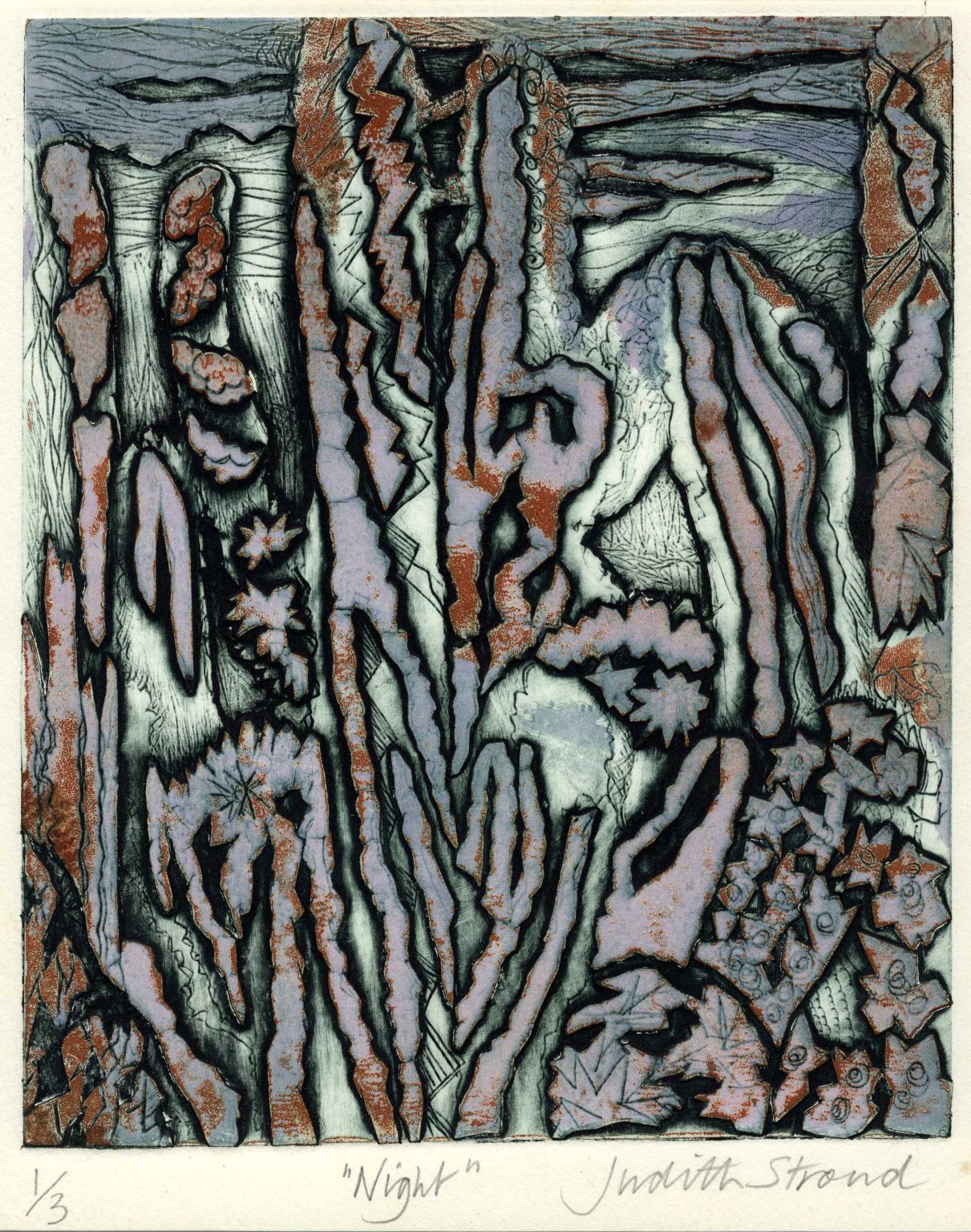
Printmaking is a rich and diverse art form with a long history of innovation and creativity. From the intricate woodcuts of Albrecht Dürer to the bold screen prints of Andy Warhol, printmaking has continuously evolved, adapting to new technologies and artistic visions. Today, it remains a vital and dynamic medium, offering artists endless possibilities for expression. For students at the London Art College, exploring printmaking techniques and studying the works of master printmakers can provide valuable insights and inspiration for their own creative journeys.
If you would like to receive a roundup of all of our blog posts once a week to keep you inspired in your inbox, why not sign up to our newsletter. You can access our sign up at the top of our page. If you are a London Art College student and you would like your artwork featured here, drop us a line at any time.

